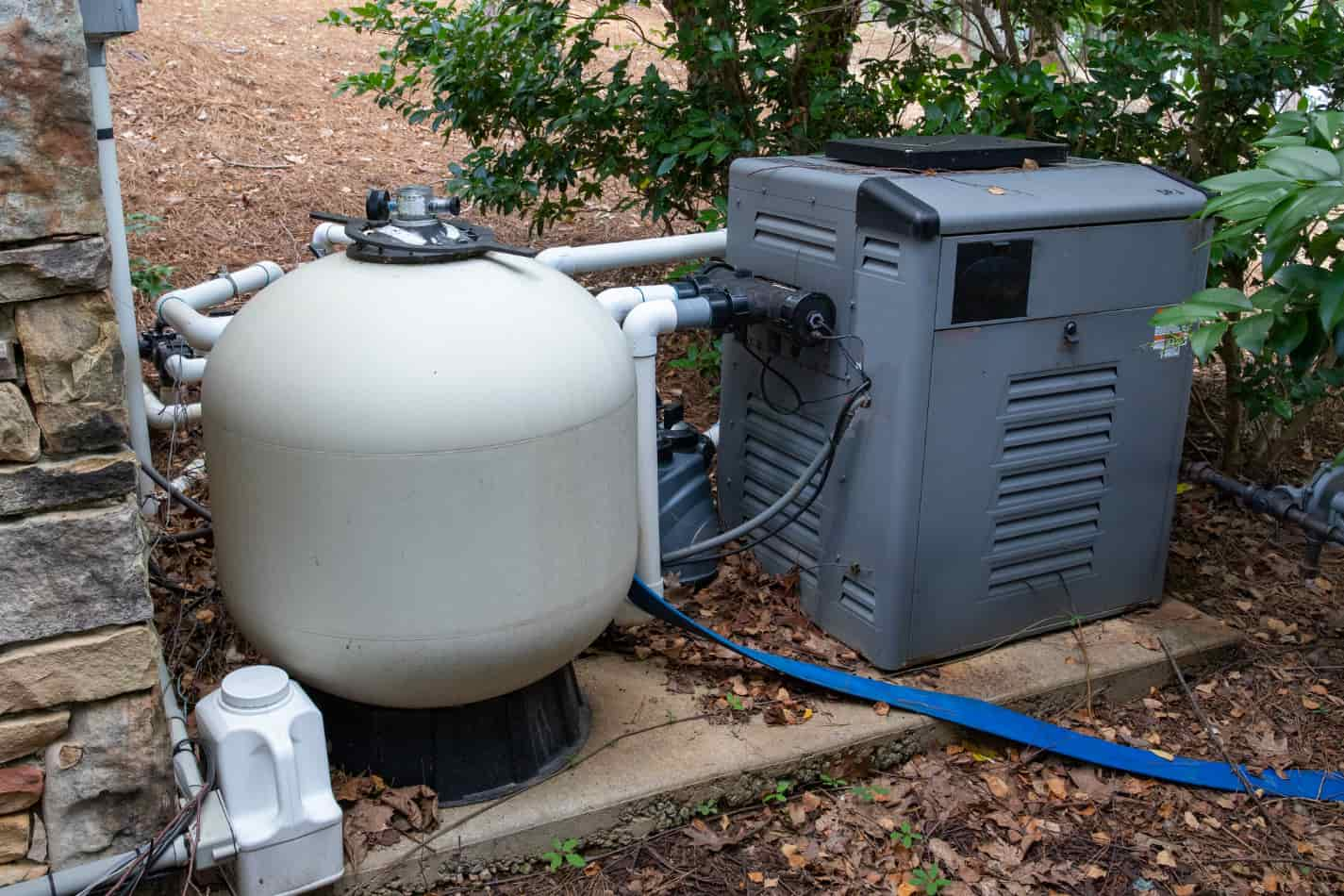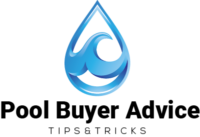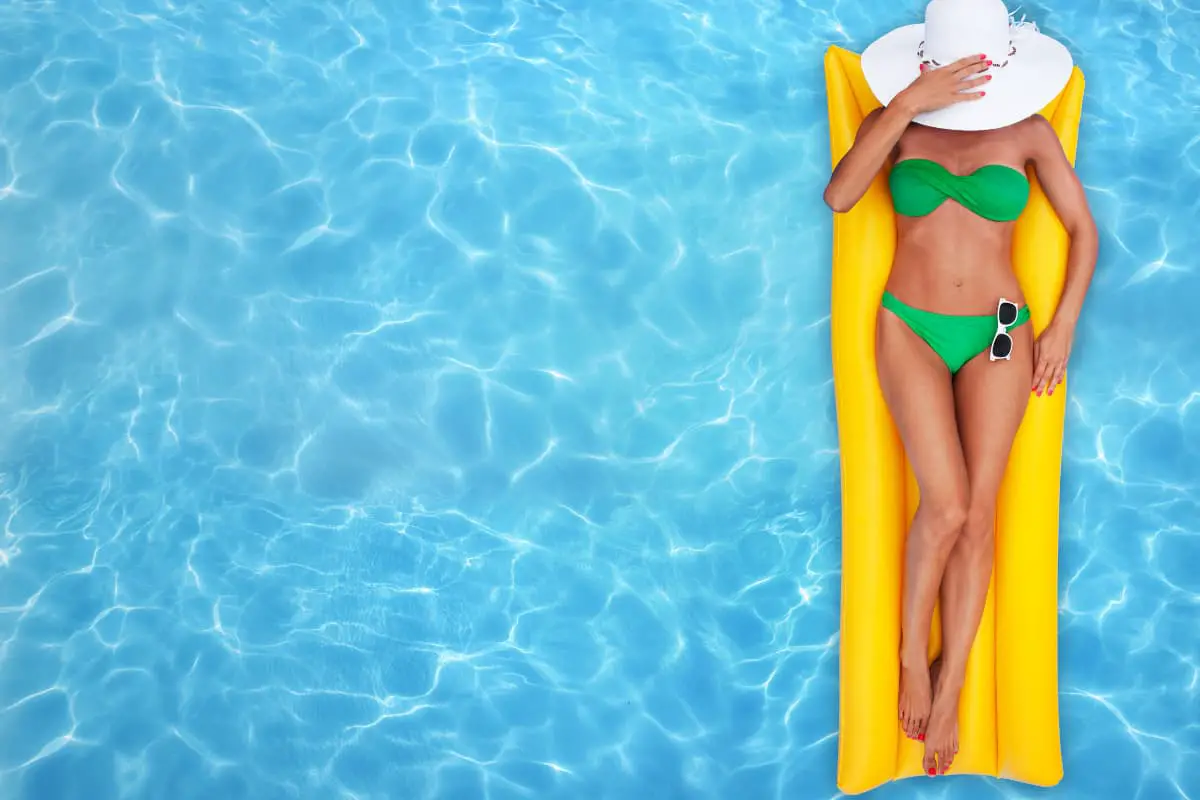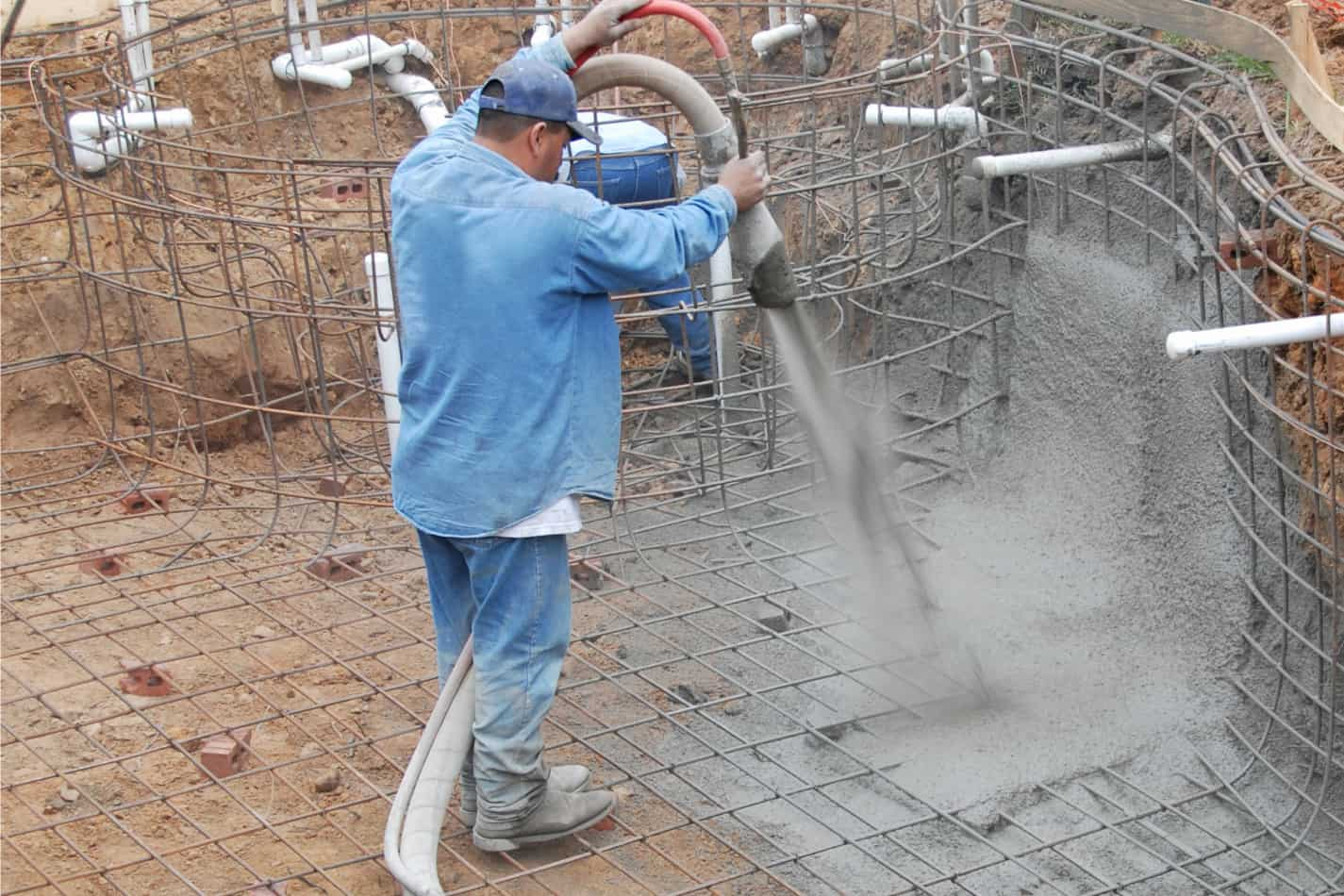Pool Pump Basics: How Many Hours Does a Pump Run?

As an Amazon Associate I earn from qualifying purchases.
If you are a pool owner or are considering buying one, one of the first questions you may have is how long to run the pump. Some people believe that pool pumps work 24 hours a day, seven days a week, but this is just not entirely true. While it is possible to leave your pool pump running all day, the electric bill might be a huge problem to deal with.
Instead, you may figure out how long the pump should run for your pool and then only operate it for that amount of time.
Notwithstanding, calculating how long your pool should run will need some mathematics. However, if you’ve problems with figures, there is no need for an alarm. This article has got this! But before we dive into that, let’s find out what the purpose of your pool pump is.

What is your pool pump’s purpose?
Understanding your pool pump’s purpose is necessary if you want to enjoy it and for long. A pool pump circulates the water in your pool to assist spread chemicals and then filters specific contaminants from the water to keep it clean and safe for its users.
Your pool pump and filter not only keep your pool in excellent shape but can also contribute significantly to your electric bill.
Every day, your pump works hard to keep your water clean and safe, the reason why you should make sure it’s working efficiently. This helps keep your electric bill low while extending the lifespan of your pump. This is one of those aspects of pool maintenance that, if done incorrectly, may cost you a lot of money.
Your pool is filled with glistening blue water that urges you to jump in and enjoy the refreshing breeze. However, when the pump fails, and the beautiful water gets stagnant, it loses its allure. The pump circulates the water, which gives your pool its magnificence.
You’ll need to be familiar with basic pool equipment and know some facts about your pool to figure out how long to run your pool pump daily. So, we will be looking at the following terms.
How do you calculate the turnover rate of your pool
The first step in determining how long to run a pool pump is to calculate the volume of your pool. In other words, how many gallons of water can your pool contain.
You may already know because it’s on your papers, but if not, you may figure it out by looking at the shape of your pool. Here are the calculations for calculating the volume of your pool:
A rectangular pool
Length (ft.) X Width (ft.) X Average Depth (ft.) X 7.5 = Total Pool Gallons
A round pool
Diameter (ft.) X Diameter (ft.) X Average Depth (ft.) X 5.9 = Total Pool Gallons
An oval pool
Length (ft.) X Width (ft.) X Average Depth (ft.) X 6.7 = Total Pool Gallons
Now that you know the number of gallons of water your pool can hold, you can conveniently calculate the turnover rate; this is the number of hours it takes for all the water in the pool to pass through the filter.
To calculate the rate, use the following formula:
Pool volume:
8 = Gallons per hour (GPH) that need to be pumped.
Some pools pump may work by gallons per minute (GPM) rather than GPH.
If so, then use the following formula:
GPH ÷ 60 = GPM
What is the flow rate of my pump?
The flow rate of your pump refers to how much water it filters in a given amount of time. That speed determines your flow rate. The flow rate for your pool pump can also be found in the manufacturer’s instructions.
The measurements are usually Gallons per minute (GPM) or gallons per hour (GPH).
Note: You mustn’t mix this up with the turnover rate.
What is the speed options for pool pumps
Now it’s time to figure out your pool pump’s speed settings. There are two types of pool pumps:
Single-speed
The flow rate of a single-speed pump is fixed. This pump is the easier of the two because it includes a timer that does most of the work for you. As a result, you won’t have to think about increasing or decreasing the speed.
On the other hand, you won’t conserve energy by running your pump at a reduced speed.
Two-speed
A two-speed pump is a step up: you can switch between high and low speeds by flipping a switch. Lower speeds imply less noise, which is a good bonus. When it comes to keeping your costs low, the time of day you run your pump is also crucial.
Run your pump during off-peak or overnight hours. It may interest you to know that the electricity cost you pay varies throughout the day? It’s based on what energy companies refer to as peak hours when more people use more electricity and strain the system.
Peak hours differ from one location to the next. In hotter regions, peak hours are likely to coincide with when people put on their air conditioning, such as late afternoon or early evening when people arrive home from work and fire up the air conditioning.
You can find out from your provider what the busiest times are in your area. Once you have that information, try to schedule your pool pump run time around those hours to save money.
To complete at least one turnover cycle, you need to run your pool pump for at least eight hours every day. But it doesn’t imply you have to do it for eight hours in a row. Choose good times for your location but make sure your pump runs for at least 8 hours every 24 hours.
Conclusion
The rule of thumb is generally to run your pump 8 hours a day to circulate and clean your water properly, although it could be anywhere from 6-12 hours, depending on your pool’s size.
Residential pool water only needs to be turned over once every 24 hours to have proper filtration. The key to a properly sanitized pool is filtered water and well-balanced water chemistry.
If your water is unbalanced, issues will arise no matter how much the water churns.



